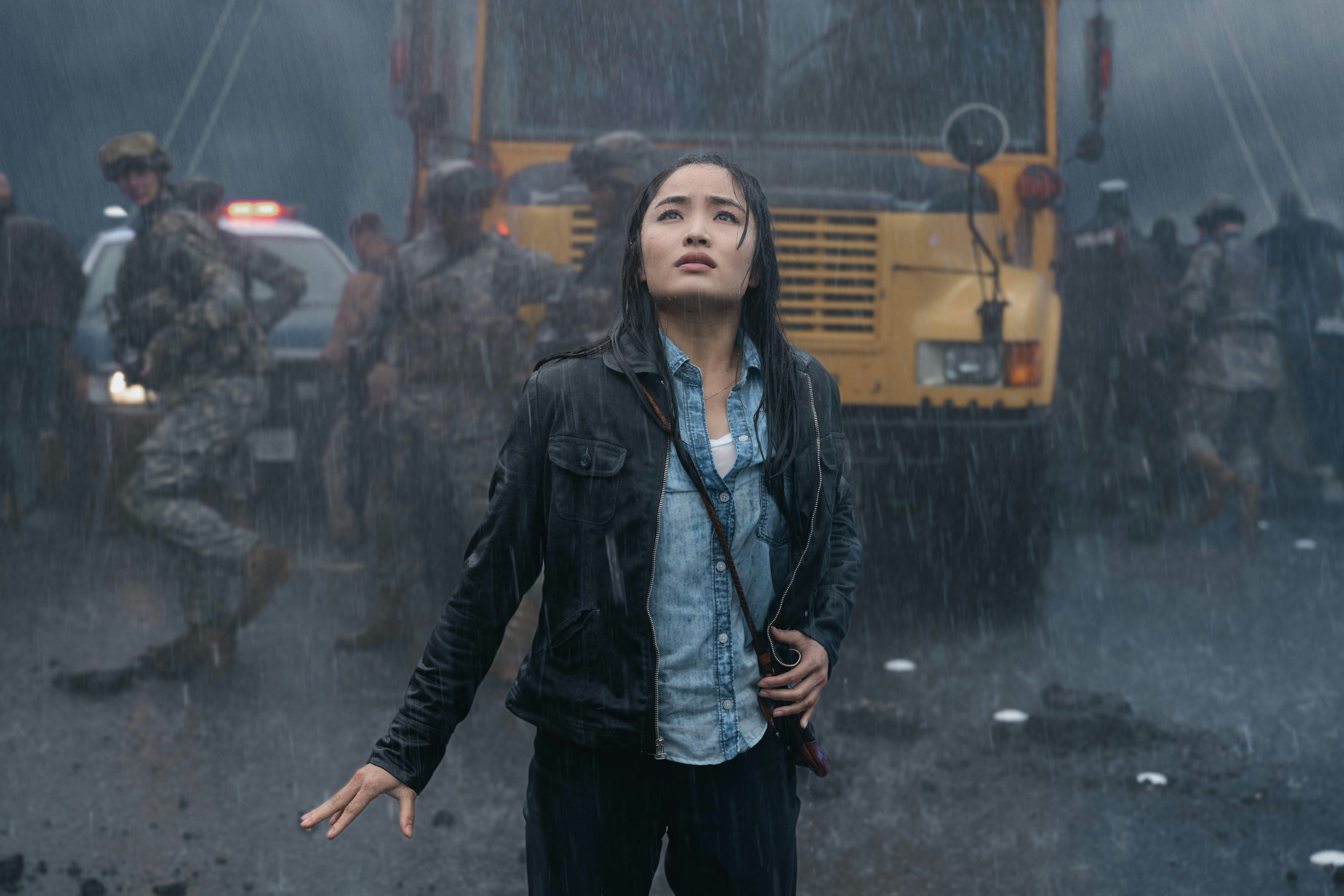
There’s no denying that Godzilla is the star of whatever movie he’s in — he’s a 300-foot nuclear metaphor with a cinematic legacy that’s lasted nearly 70 years. However, that doesn’t mean that the plotlines involving the humans are merely ways to waste time in between kaiju brawls and stomped cityscapes.
The new series on Apple TV+, Monarch: Legacy of Monsters, does a good job of focusing on the impact that the discovery of a Godzilla would have on mankind. While previous MonsterVerse entries weren’t well-known for their human-centric plots — at best, they’re typically there to react in awe or provide kaiju fight play-by-plays — Monarch centers around multiple generations of the monster-obsessed and the people left in the wake of their attacks. It’s a keen look into what a society trying to decide if it’s on the edge of an apocalypse would look like, and the main character, Cate Randa, symbolizes the push and pull between the terror of the new world and the process involved in figuring out its secrets. All the while, Godzilla looms.
But there are many more Godzilla films where the puny people actually have stories and characteristics that rival whatever destruction they’re trying to escape. Here are 12 films and series that excel in that area.
Godzilla (1954)
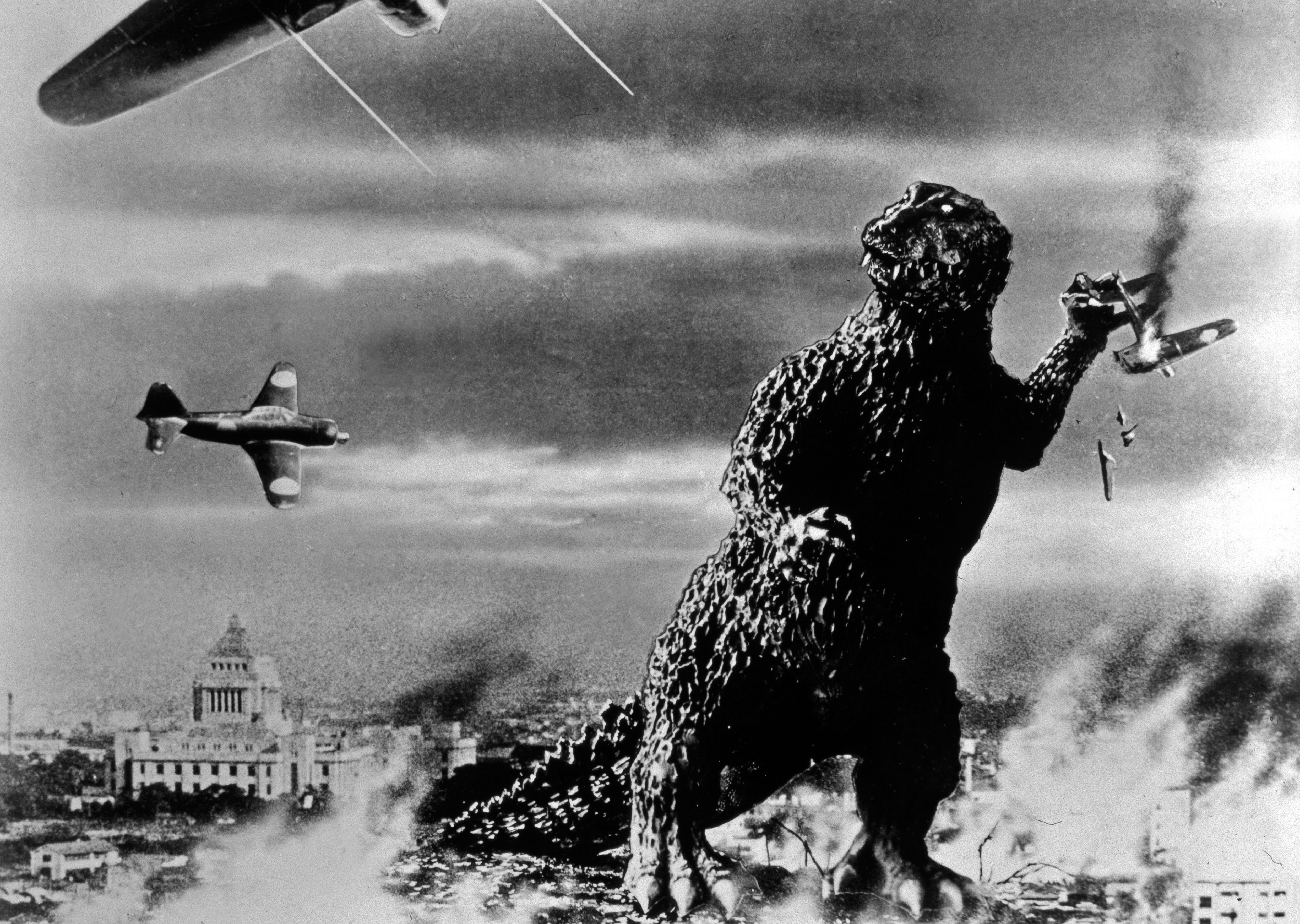
When compared to the parade of monster fights that came after it, the 1954 original is an extremely gloomy movie. And its dark atmosphere is only heightened by its main characters, all of which are wracked with a nightmarish sense of grief. In particular, the paleontologist Dr. Yamane struggles with the idea that Godzilla, a biological wonder, is all but destined to be destroyed rather than studied, and he’s powerless to make the government see his point of view. Yamane’s daughter Emiko is trapped in a love triangle and struggles with her duties of supporting a family and community that seem to be crumbling. And Serizawa, the lonely, veteran inventor, must reckon with having created a weapon that is not only humanity’s last hope against Godzilla, but might bring about a traumatic new arms race if dropped into the wrong hands.
Godzilla Raids Again
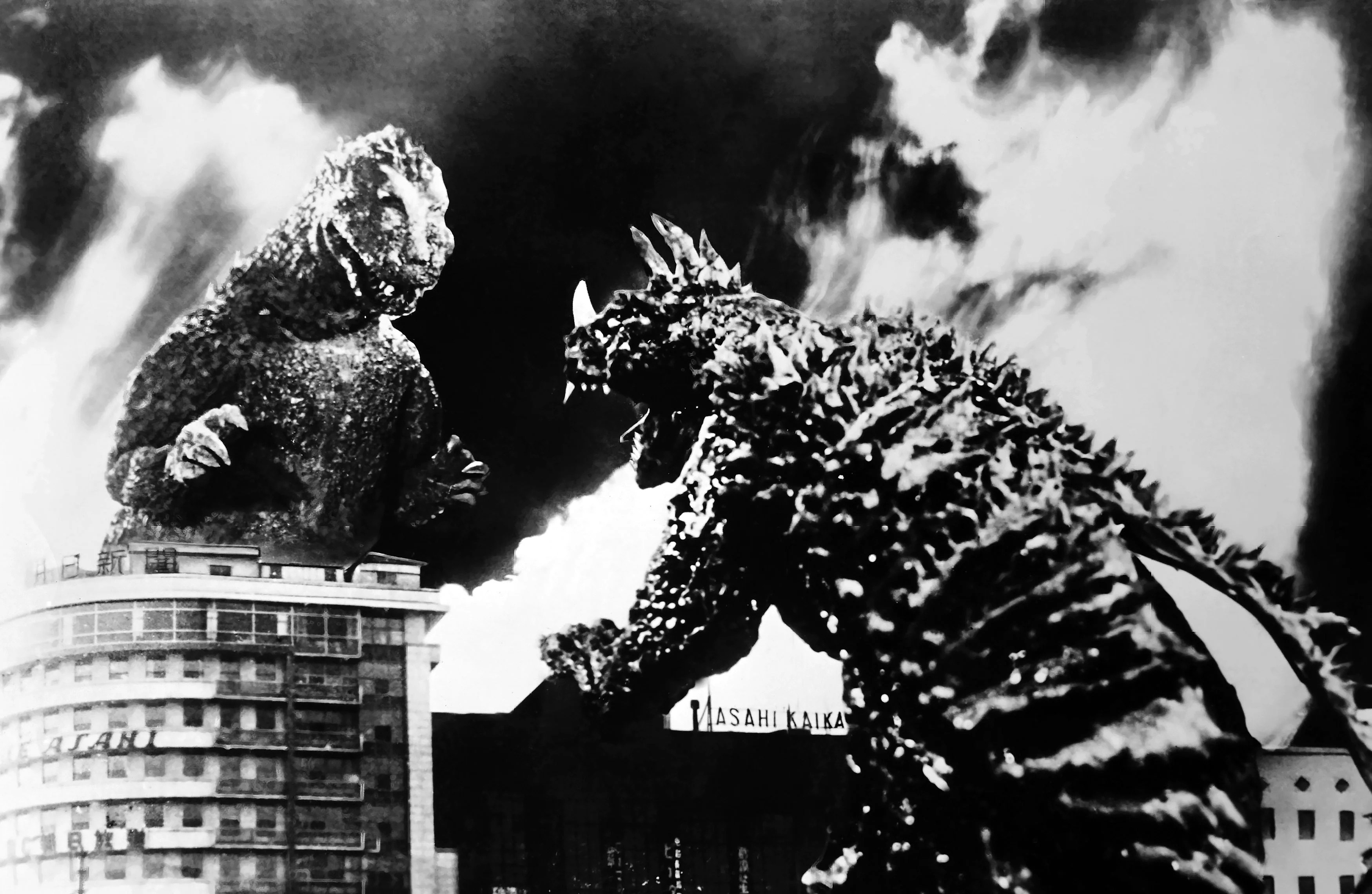
This direct sequel to Godzilla, released only a year after the original, mostly abandons the original’s tone in favor of frantic monster battles and a stripped-down narrative. However, it does include one of the most empathetic characters in Godzilla films, the pilot Kobayashi. Charming and boyish, he’s a hearty friend full of back-slapping camaraderie and goodwill. And the reveal that he’s more than a little lovelorn (just before he dies in the climactic airplane assault on Godzilla) is the final touch of an everyman quality that sticks out in a fairly perfunctory film. Kobayashi also proves that the franchise would be able to stay in touch with human elements even with more monsters being thrown into it.
Mothra vs. Godzilla
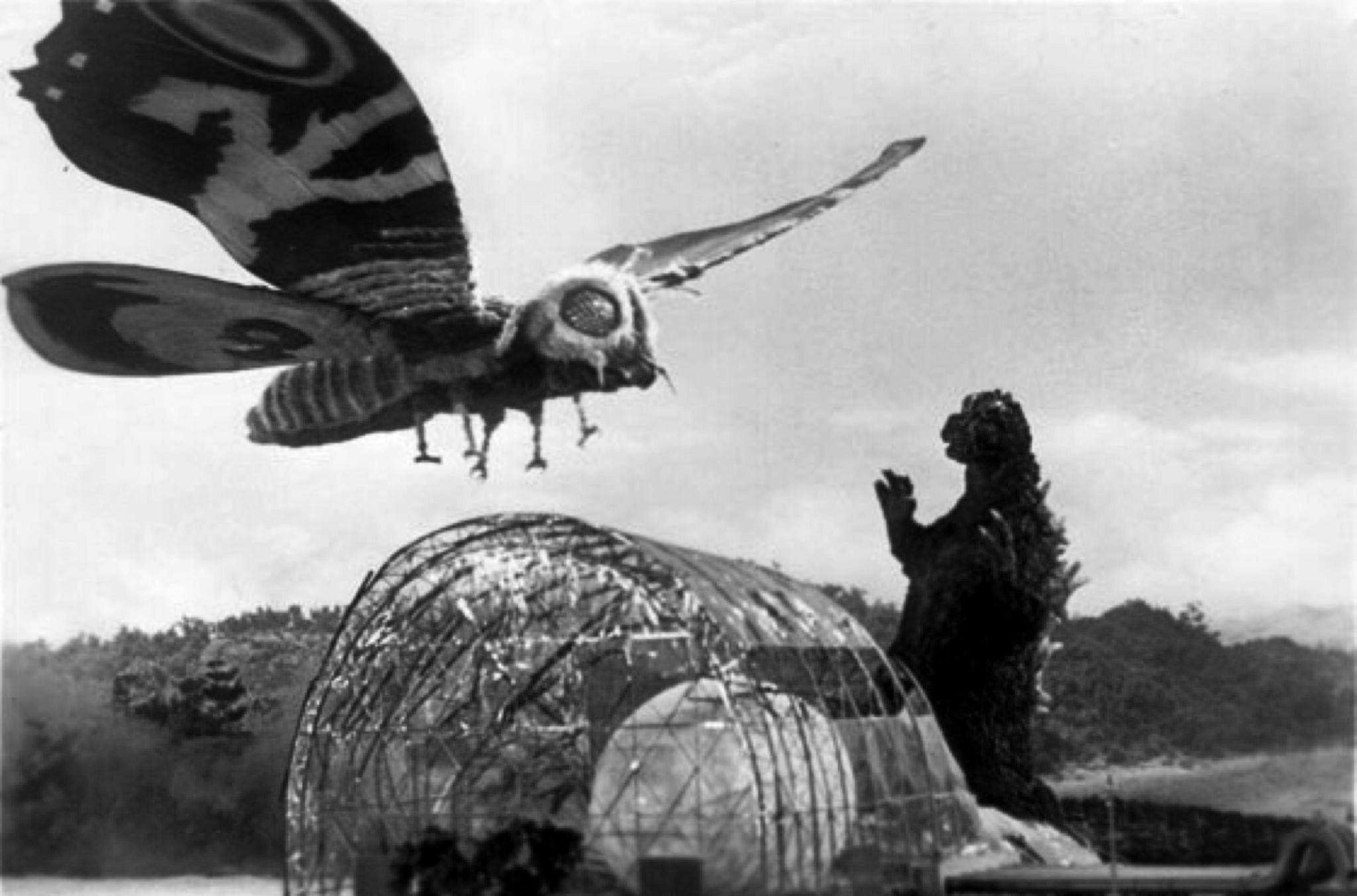
As the franchise headed into the ‘60s, it would often be used as a vehicle for broad satire. King Kong vs Godzilla takes aim at ridiculous media and corporate aims with the goofy Mr. Tako, but perhaps the best example of this comes with Mothra vs. Godzilla and the team of Kumayama and Torahata. Kumayama, a blustering “entrepreneur” who tries to swindle the locals, and Torahata, the conniving businessman who even sees his own partner as less than human, are an entertaining pair that serve as both villains and a stock comedy duo. However, their business machinations are quite literally crushed by an uncaring Godzilla, a very satisfying comeuppance for the dudes and one that would be re-created in countless movies to come.
Invasion of Astro-Monster
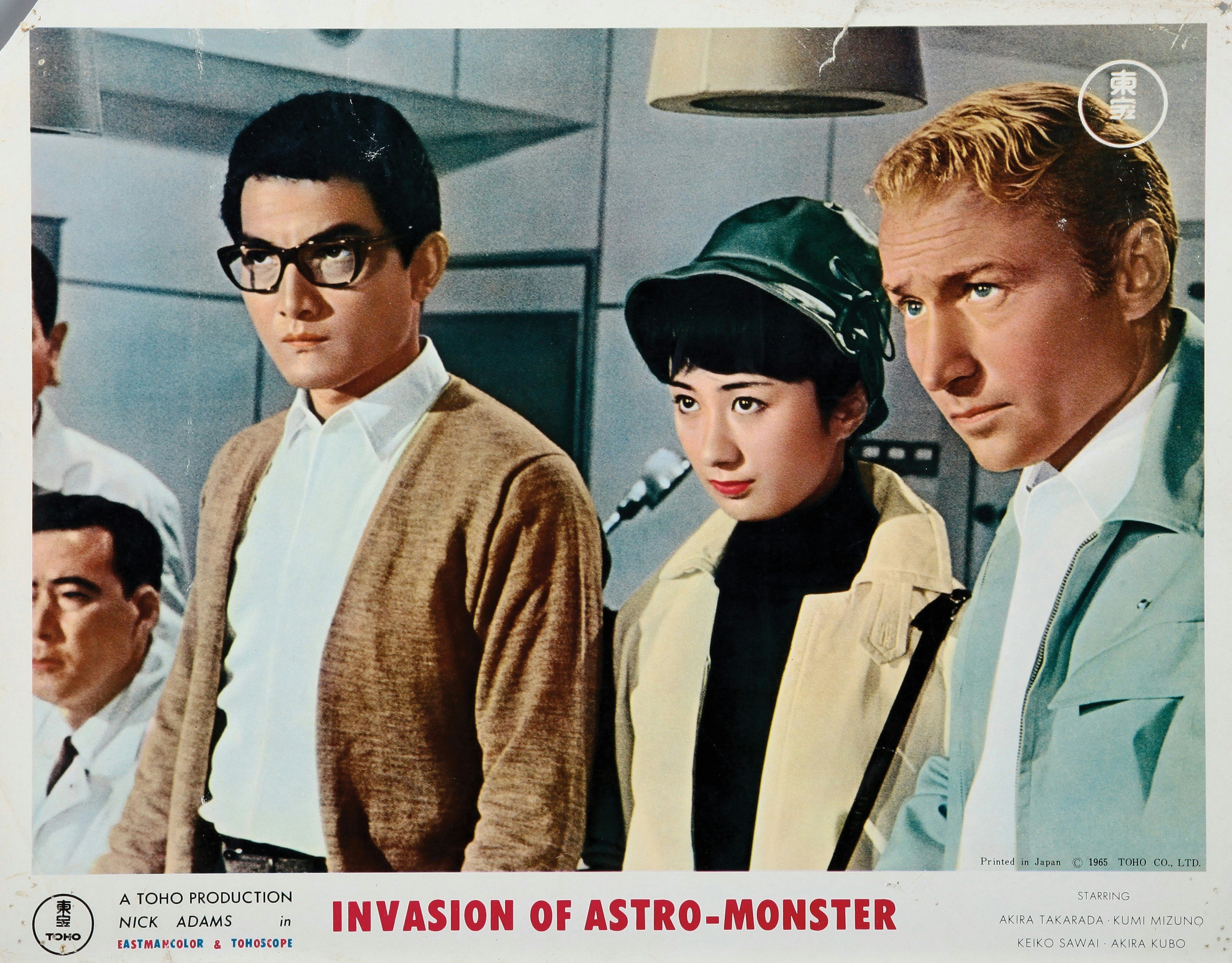
Bearing one of the most fully formed human plots in Godzilla’s history, Invasion of Astro-Monster includes two whole love stories and an entertaining overarching narrative to match: Mysterious aliens promise humans the cure for cancer if they’ll lend them Godzilla and Rodan to fight a terrorizing King Ghidorah out on Planet X. The aliens then mind control all three monsters and sic them on Earth in a twist that mankind honestly should’ve seen coming. Meanwhile, the underdog inventor Tetsuo yearns for the heart of Haruno, sister of the disapproving astronaut ace Fuji. And Fuji’s co-pilot, Glenn, is smitten with Namikawa, who is revealed to be an alien spy!
It’s a lot to balance, but the film is an antidote to anyone who thinks Godzilla films are good for little more than action figure-esque throwdowns. And as an added bonus, it includes Godzilla doing a victory dance (based on a popular comedy gag in Japan at the time), which is one of the most blatantly anthropomorphic moments that the leviathan has ever gotten.
All Monsters Attack
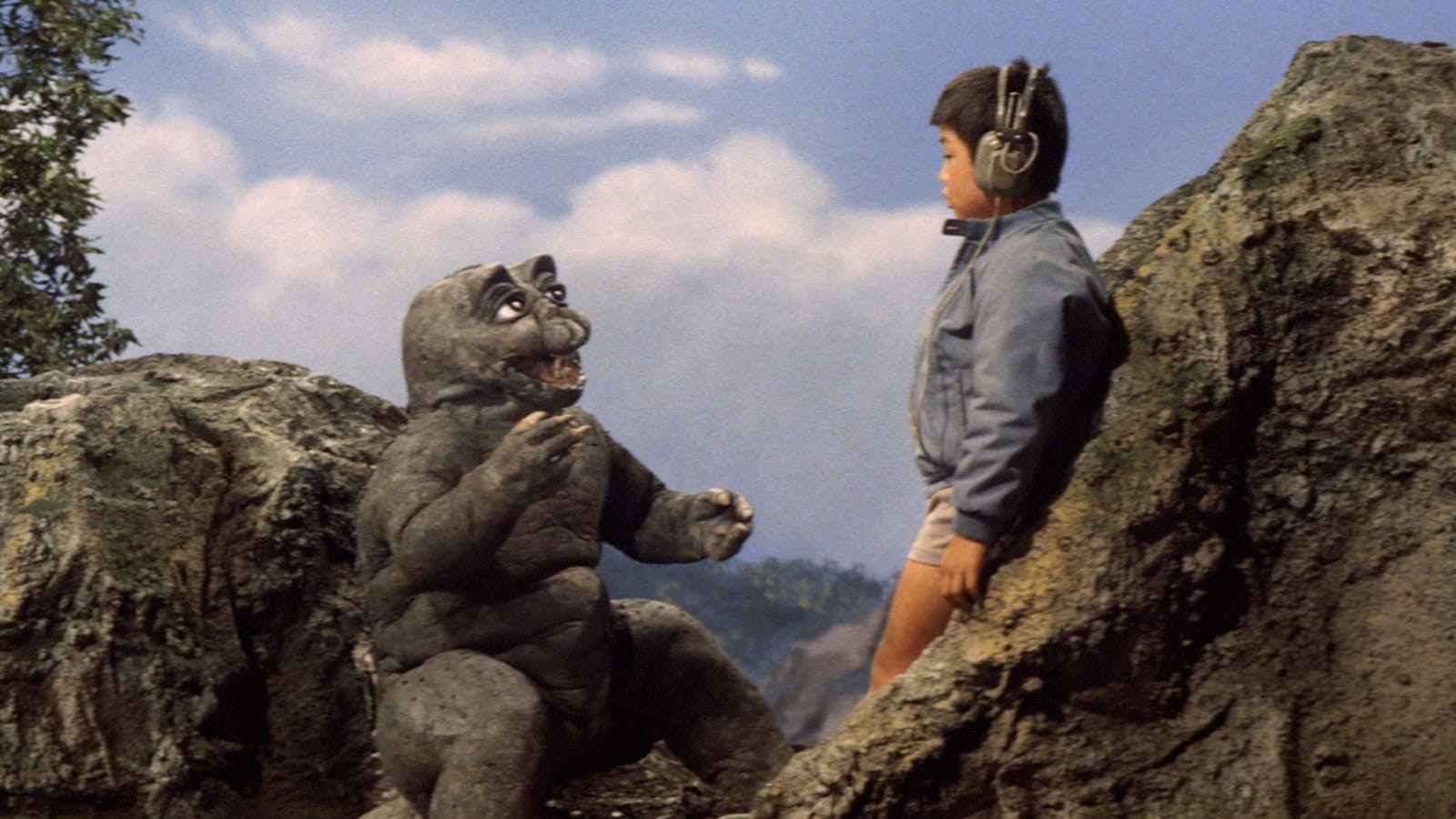
The film that is often regarded as one of the worst in the Godzilla series (it’s padded with copious stock footage and what little new monster material there is is primarily played for laughs) includes a surprisingly touching human story. The lonely grade schooler Ichiro, bullied by his classmates and distant from his parents, finds solace in his dreams of Monster Island and his kinship with Minilla, Godzilla’s doughy son. The two learn to inspire courage in one another, which helps with Minilla’s own 50-story monster bullies and Ichiro’s encounter with a group of robbers. It was no secret that, by the late ‘60s, the main audience for Godzilla films was children, but All Monsters Attack was a clear statement that perhaps that wasn’t a bad thing. Like Ichiro, a whole generation of youngsters could find escapism and perhaps even a lesson in the never-give-up attitude of the King of the Monsters.
Terror of Mechagodzilla
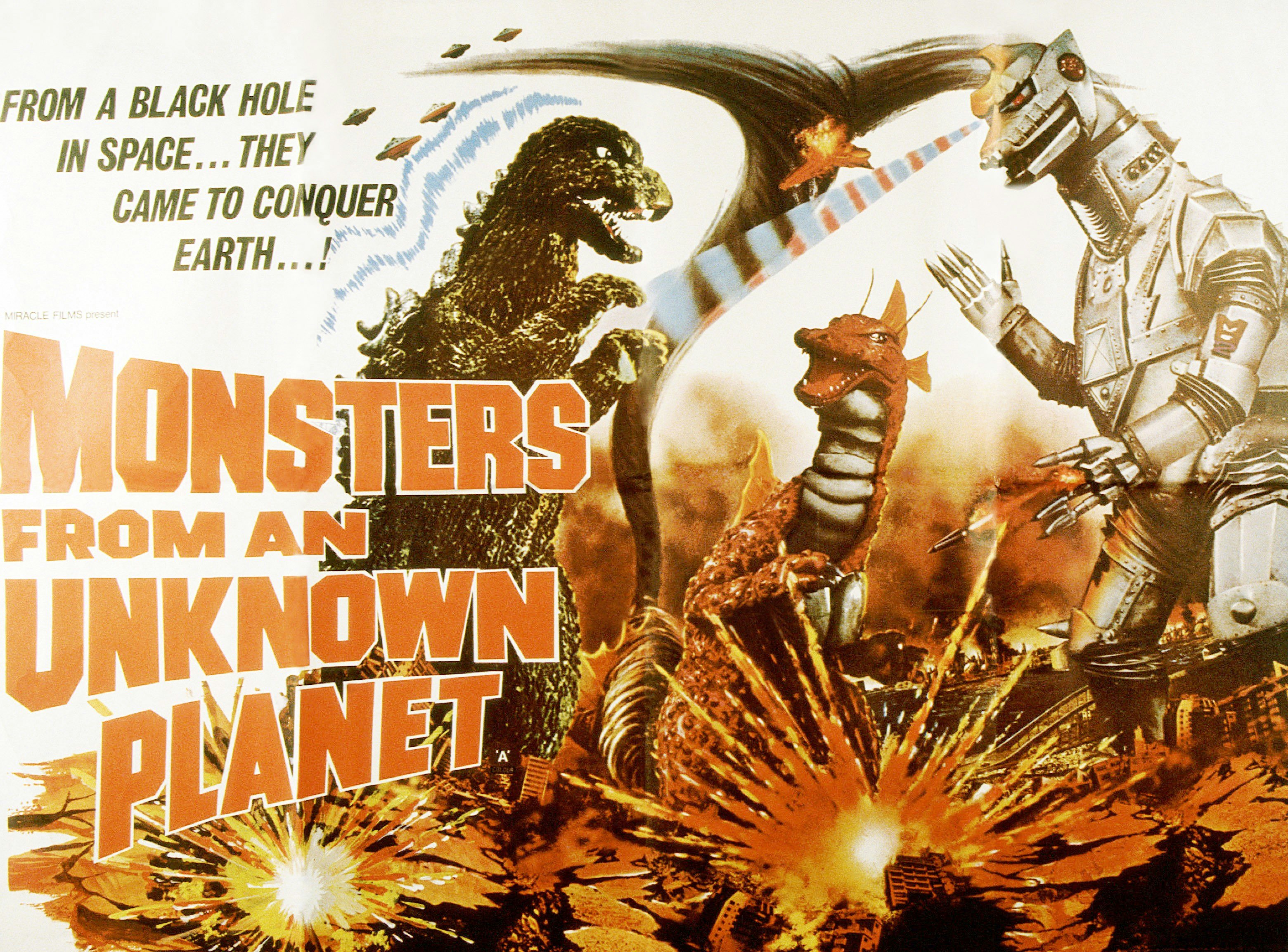
The final Godzilla film directed by Ishiro Honda (who had helmed the first and many after), Terror of Mechagodzilla is an alluringly weird sci-fi story about a robot daughter, her disgraced scientist father, and nefarious aliens that hide their ape-like faces under human guises. However, Honda always tried to treat even the most outlandish concepts humanely, which turns that robot daughter into a young woman desperate for actual connection (even as she has the Mechagodzilla control embedded in her) and the scientist as an oddly tragic figure with an obsession with a giant reptile (who among us isn’t afflicted with that?). Both end up dead, with the daughter in the arms of her lover, having sacrificed her mecha-self to save mankind. Terror of Mechagodzilla would mark the end of the “Showa” era of Godzilla films, and it does so with appropriate human sensitivity.
Godzilla vs. Biollante
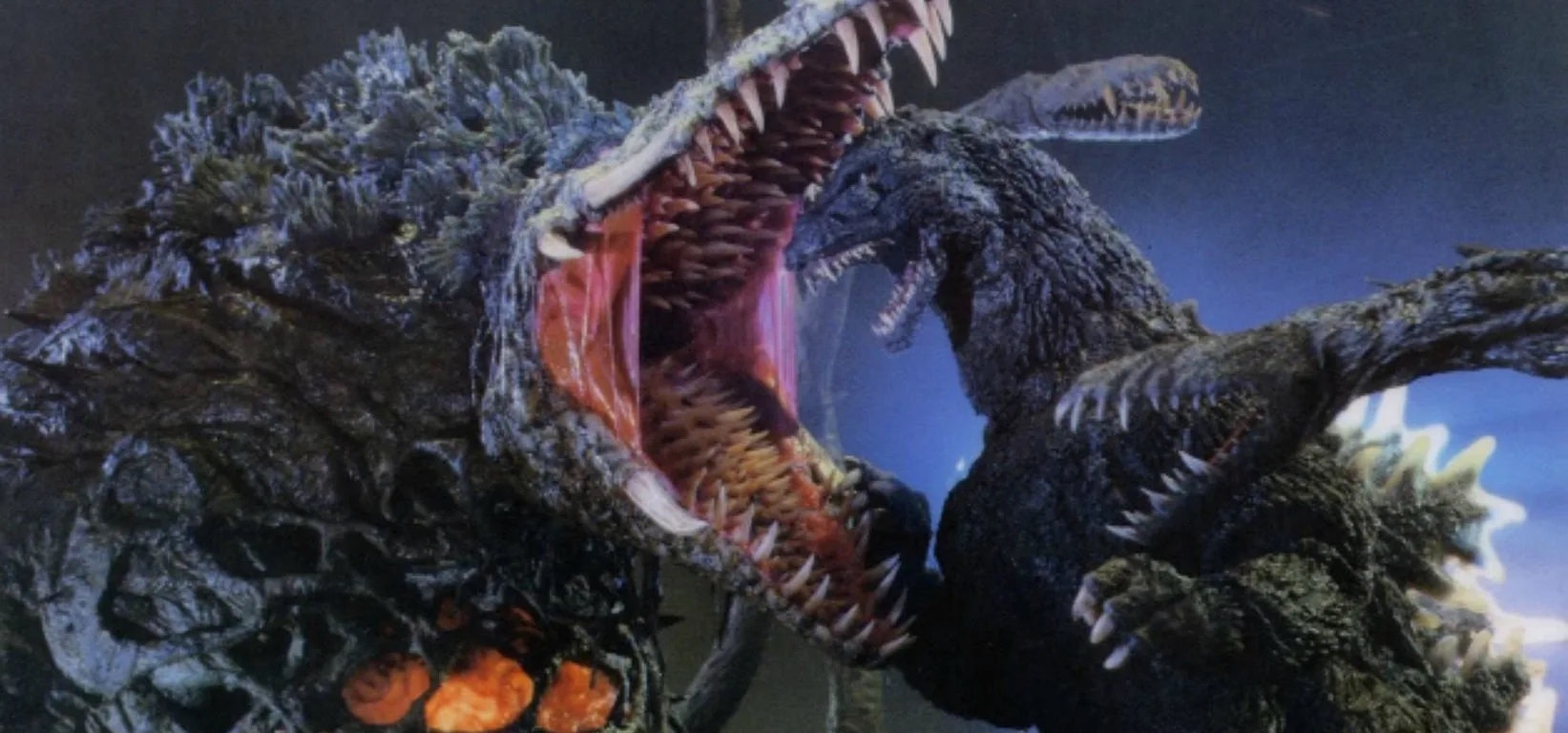
Godzilla himself is the metaphorical product of a real-life atomic arms race, but this film turns Godzilla himself into the prized weapon — corporations and governments around the world are eager to get their hands on Godzilla's cells. Meanwhile, a lonely doctor fuses a rose with the cells of his late daughter (killed during an attack by terrorist agents who had also been on the hunt for pieces of the Big G). A rose is eventually merged by the doctor with Godzilla cells, giving birth to the gargantuan Biollante, a monster that represents the rage of an innocence lost and scientific hubris. As we saw from Terror of Mechagodzilla, the series has a habit of introducing beleaguered father figures who find some solace in kaiju (beasts that are the result of unbound imagination and an almost childlike permission to think as grandly as possible), but it’s never more poignant than in Biollante.
Godzilla vs. Destoroyah
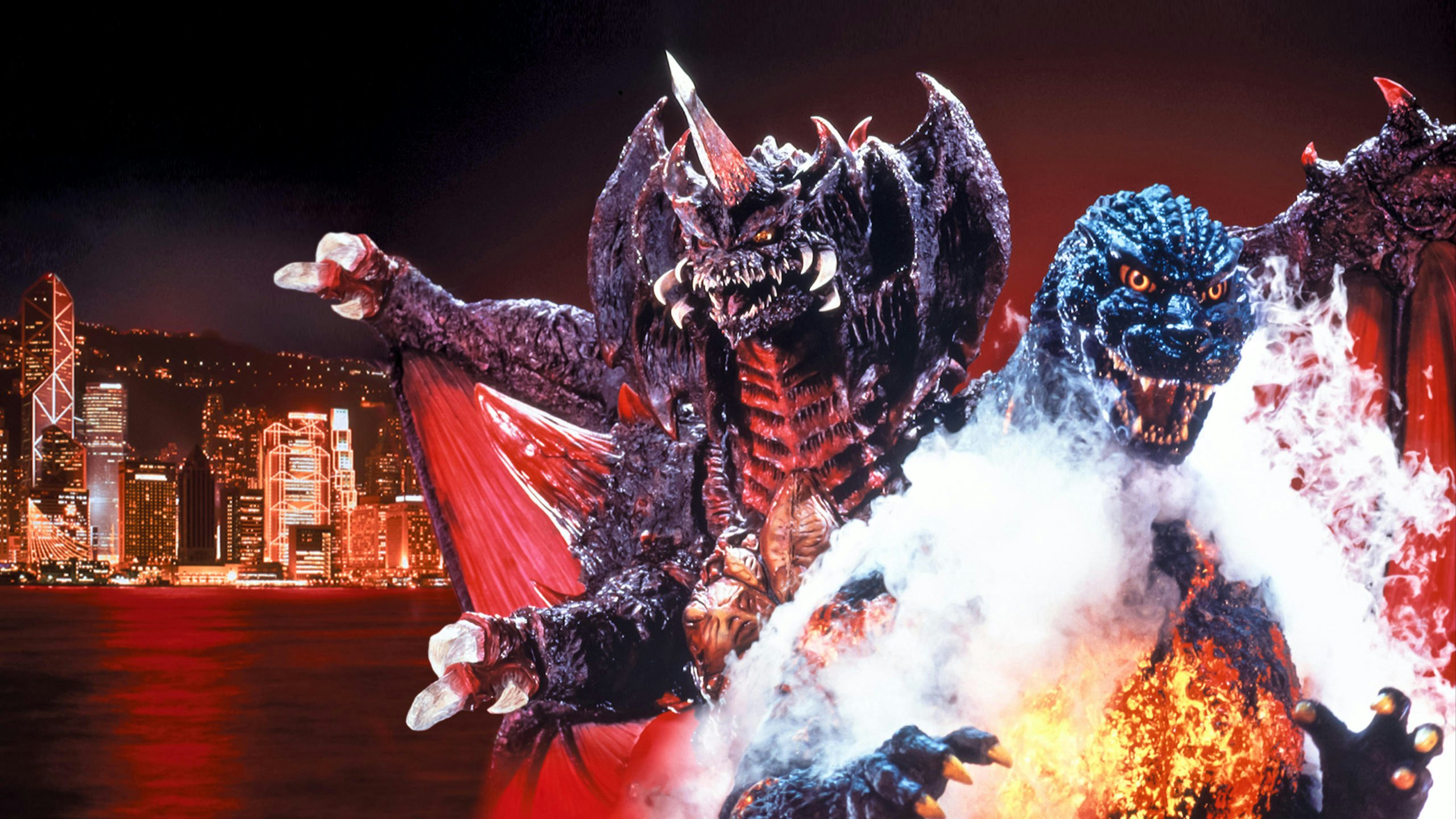
The Heisei era of Godzilla films, which ran from 1984’s The Return of Godzilla to 1995’s Godzilla vs. Destoroyah, attempted something that the previous era hadn’t: a sequential story carried throughout the movies. Of course, many still worked as standalone films but they were all linked by the presence of Miki Saegusa, a telepathic girl who can connect to Godzilla and grows to be his biggest advocate. Miki’s arc culminates in Destoroyah, in which her growing empathy for Godzilla (now on the verge of a meltdown) also reaches its peak. Although she’s been integrated into an organization meant to monitor/corral Godzilla, she can barely stand to witness his death and she almost serves as an audience surrogate when he finally falls apart. If anything, the Godzilla series is a tribute to our ability to fall in love with monsters.
Godzilla, Mothra and King Ghidorah: Giant Monsters All-Out Attack
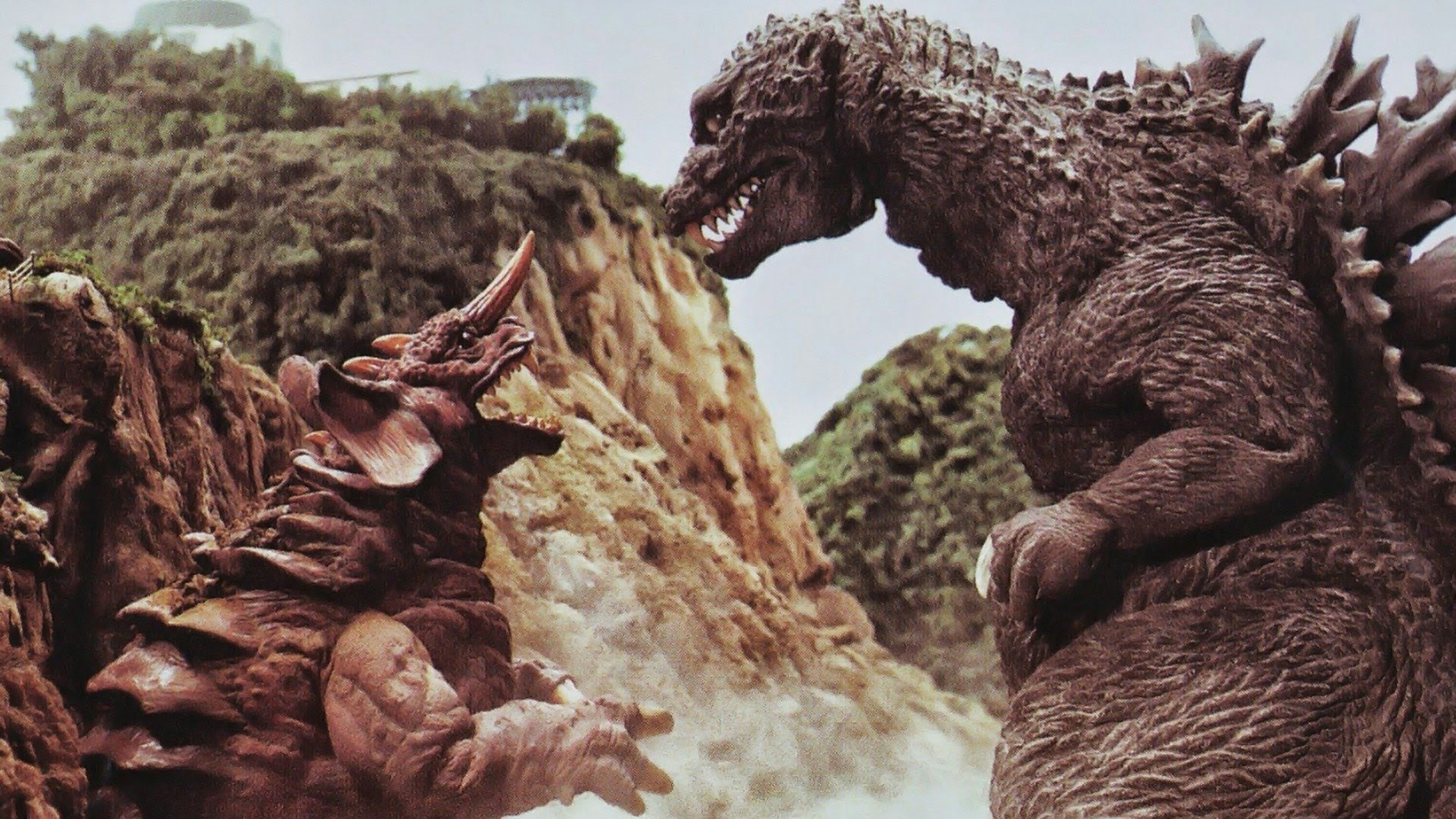
Director Shusuke Kaneko had spent the late ‘90s revitalizing Godzilla’s store-brand counterpart Gamera into the star of an acclaimed trilogy of films, and he brought the same energy to Godzilla in the early aughts. In GMK: Giant Monsters All-Out Attack, his leading characters are an obsessed admiral (orphaned during Godzilla’s 1954 attack) and his documentarian daughter, the latter working for a news organization that trades in sensationalism over facts. They both have things to work through, and Godzilla movies prove that surprise kaiju discoveries are the best possible therapy. Kaneko’s film takes them both through a comparable arc of understanding as they watch a particularly frightful incarnation of Godzilla rampage across Japan, and it amounts to one of the best Godzilla films ever.
Godzilla Against Mechagodzilla
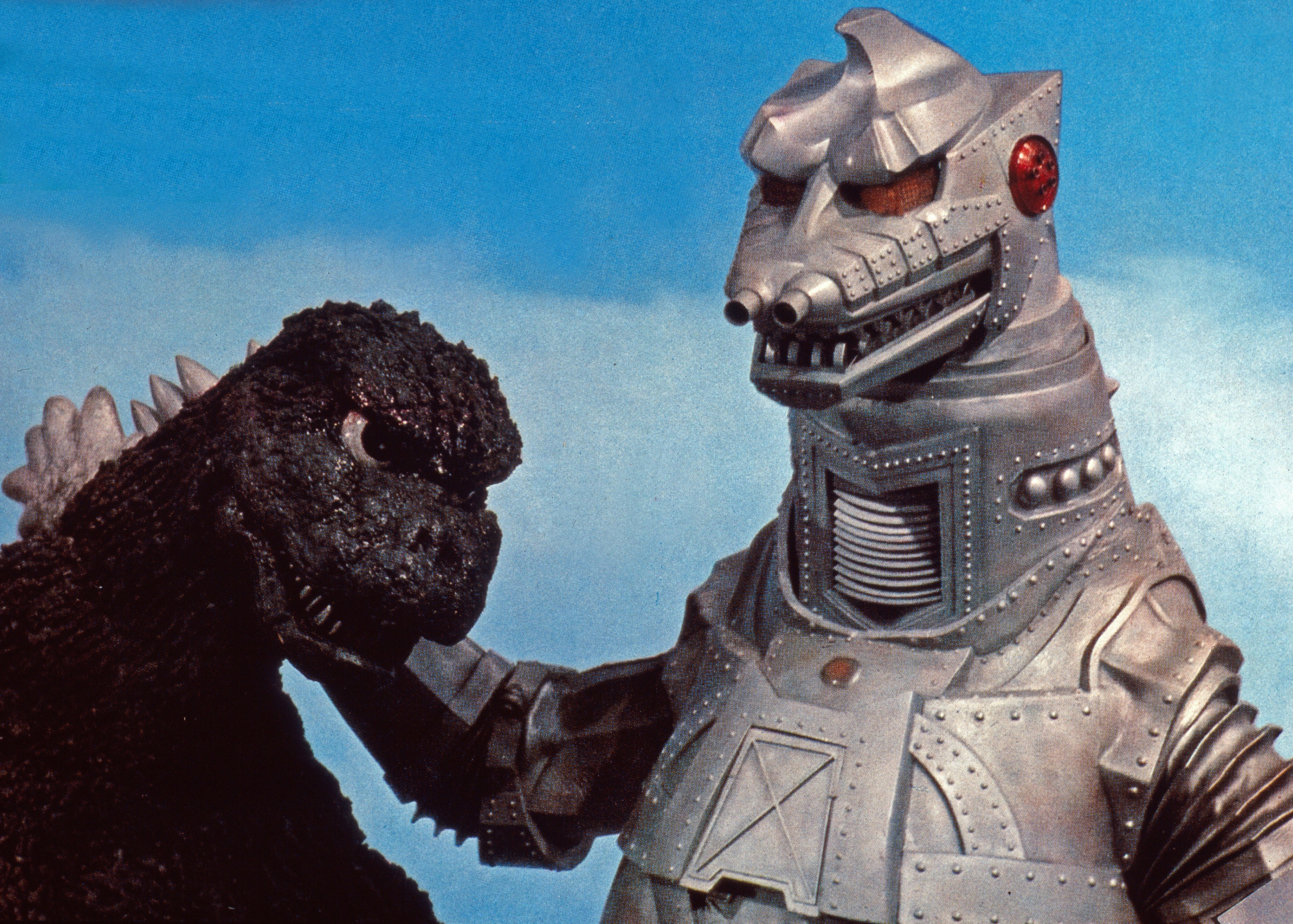
Mechagodzilla is, by nature, Godzilla’s coldest foe — a cyborg replica built solely to destroy its lizard-y counterpart. However, in a duology of films consisting of Godzilla Against Mechagodzilla and Godzilla: Tokyo SOS, a new Mechagodzilla is created out of the skeletal remains of the original Godzilla, imbuing the robot warrior with not just a physical connection to the monster but perhaps even its vengeful soul. The main character in the first film is machine pilot Akane Yashiro, an orphan who also has to overcome the added trauma of a disastrous mission that killed her crewmates (for which she was partially responsible). However, rather than the expected outcome of simply becoming a more confident pilot, she also becomes sympathetic to the new Mechagodzilla, a creature similarly haunted by death thanks to its own curious creation.
Shin Godzilla
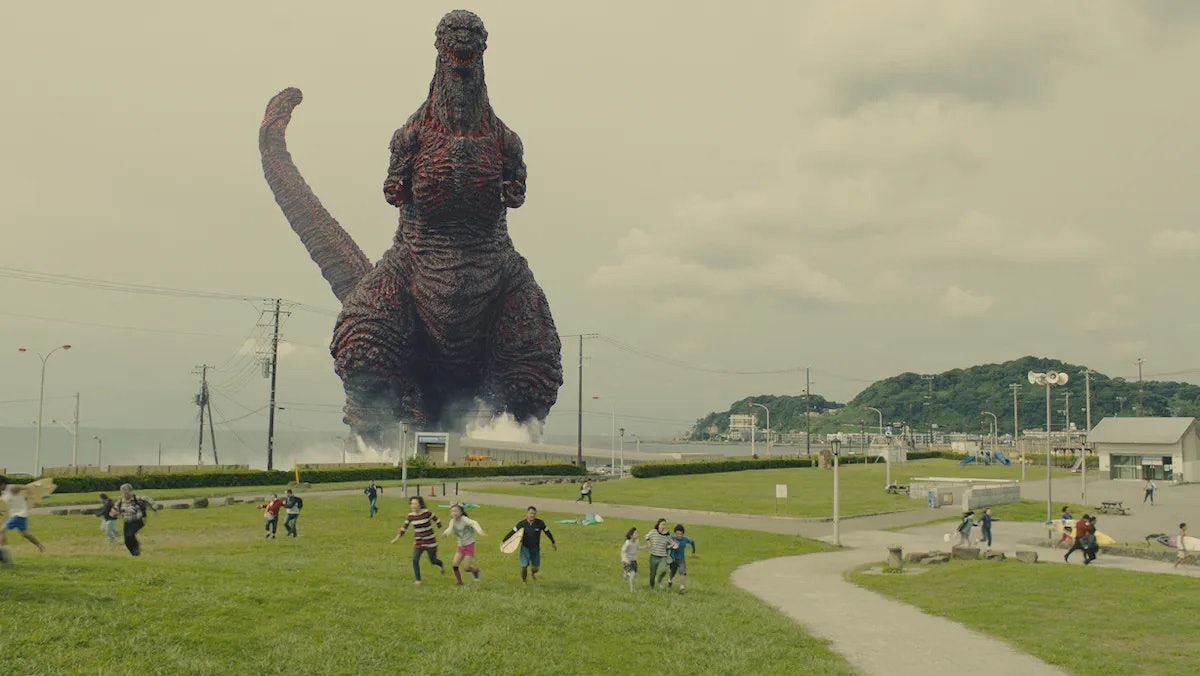
Perhaps the most critically praised Godzilla movie of all time, Shin Godzilla reinvented the King of the Monsters and used his borderline indestructible reign of terror to represent more modern Japanese tragedies like the Fukushima Nuclear Accident. It’s also a return to the early Ishiro Honda days of delivering satire along with the personal narratives: The way co-director/writer Hideaki Anno (famous for creating Neon Genesis Evangelion) portrays a stumbling government response with its needless decor, antiquated ethics, and new generation of frustrated officials makes for a gripping human drama. And though chances of a sequel are slim, you remain invested in the paths of the protagonists after Godzilla has been defeated and the credits roll: Has Japan truly been saved? Will they ever have to do it again? Can they?







